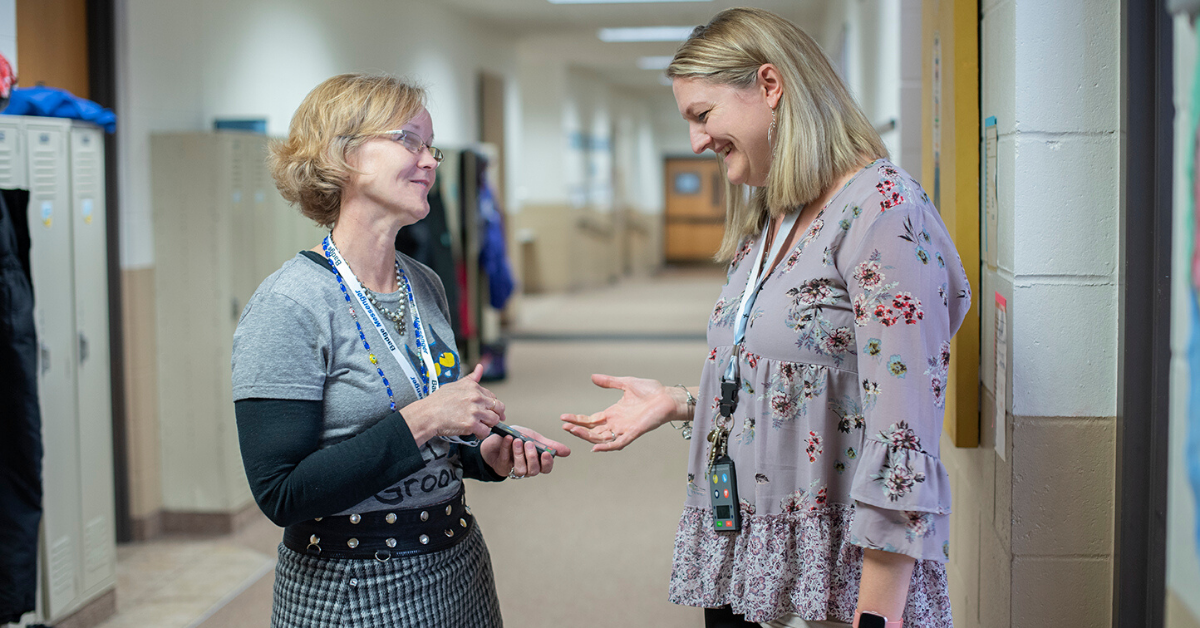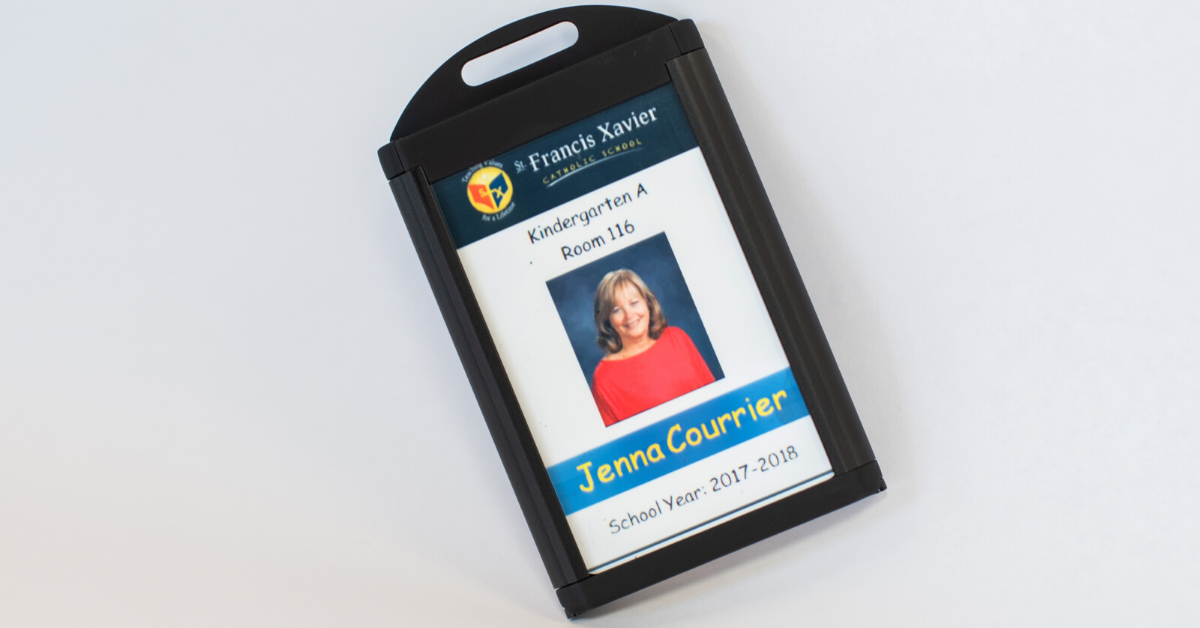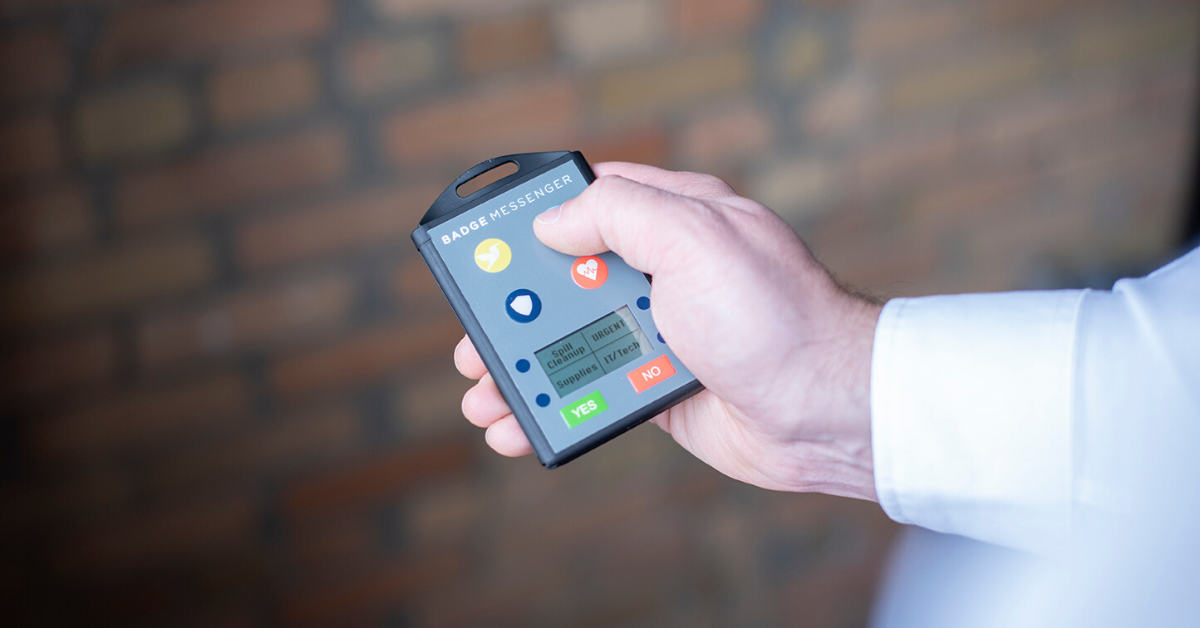Nearly 7 million students across the U.S. receive special education and related services, yet 57% of students with disabilities spend most of their days in a general education classroom. How are the needs of these students being met during times of stressful situations or emergencies? And what could help fortify teachers and educational professionals to support social-emotional learning and behavior? Let's start with the basics.
What is SOCIAL-emotional LEARNING (SEL)?
Social-emotional learning is the process of developing, understanding, and managing emotions or interpersonal skills (e.g. problem solving, empathy, relationship building, etc.).
According to the Committee for Children®, "People with strong social-emotional skills are better able to cope with everyday challenges and benefit academically, professionally, and socially." SEL is a different type of learning that teachers are expected to help students develop during their education. So, what do teachers need to bring this type of learning to life in their classrooms?
Teachers need to be empowered to inspire their students to focus, succeed, and feel safe.
How can you, as a principal or educator, help teachers do this — especially in a special education classroom? It begins with safety. You can not inspire students with special needs or disabilities to focus, succeed, or feel safe in a classroom that doesn't have a plan for when things get challenging.
You have to prepare for the worst so you can inspire others to live their best. So, how do you do that? Let's dive into what's actually needed in an emergency situation for your special education classroom and students.
What's needed in a special education Classroom Emergency System?
1. Action Plan
In a special education classroom, there are likely educational and behavioral plans for each student. Because of this, your communication and action plan has to be customized for emergency situations. You have to think about students who have physical disabilities, sensory disabilities, may lack understanding of a situation, and/or students who are unable to act quickly.
Taking time to actually write down your plan will be something you're thankful for during an emergency. You probably won't reach for it during a fire drill or when a student has a sudden allergic reaction — but sitting down to think about it will help you feel (and be) more prepared.
What grade would your school's emergency plan get? Take this quiz to find out.
What are your responsibilities during an emergency? Do you know which students you will tend to versus the ones your aid will? If additional help is needed, does one of you leave the classroom while the other stays? How should that person navigate the situation? These are questions that should be asked and addressed in your documented emergency and communication plan.
2. Quick Communication
Your special education classroom emergency plan should include a quick way to alert the front office that you need assistance or that an emergency is taking place. Traditionally, schools have relied on phones in the classroom or cell phones to do this — however times are changing. Teachers are being asked to leave cell phones in their desk while facing situations where there isn't enough time to retrieve them and ask for help.
This is why schools are opting for more reliable options — like an ID badge or walkie talkie — that offer quick communication in the click of a button. These tools are extremely valuable during situations like power outages and school lockdowns when a phone isn't accessible and discretion is imperative. They can also be helpful for special ed classrooms and teachers who have do not have enough aids or assistants to offer help.
3. easy alerts
Quick communication isn't always the easiest to execute — but for special ed classrooms and teachers faced with emergency evacuations, cleaning up accidents, and helping sick students — it's a must. There's nothing more frustrating than not being able to ask for help when you need it and/or having to answer too many questions. Let's take a look at a scenario that used an emergency system to easily distribute information.
It's lunch time; you and ten of your students are enjoying lunch in your special ed classroom. You notice your student Becca starts wheezing and turning blue — you realize she's choking. Another student, Tyler, decides this is the perfect time to throw his mom's famous tater tot hot dish at his nemesis, Caleb. A few other students join in on the food-frenzy while you tend to Becca.
Your aid ran to the bathroom, so you're on your own to figure this situation out. Your first instinct? Grab your cell phone and call for help. Oh wait, you fell asleep watching Grey's Anatomy so it died on your way to work today (it's a Monday after-all).
You remember the School ID Badge your principal gave all of the teachers last week to try out. You press a button on the badge that looks like a broom. You also press the button that looks like a heart with medical sign on it. You need janitorial and medical help — fast. You don't have time to answer a bunch of questions... you need help NOW.
The Office Administrator notices you've initiated both buttons and quickly alerts the janitor and nurse to attend to your classroom immediately. Everyone knows what needs to happen and where. They both arrive at the same time as your aid and the four of you work as a team to address the situation.
The only downfall? Your hair smells like cream of mushroom soup for the rest of the day.
This might seem like the perfect storm to use as an example, but as a special education teacher, educator, or principal we bet you've seen a few like this in your time. An emergency plan should include a notification system or technology that allows your staff to communicate with one another quickly and easily. It's the only way to create an environment that students can safely learn in and teachers can feel confident to teach in.
4. Continuous Improvement
As new impairments and disabilities are discovered, the way we handle school emergencies in special education classrooms will need to evolve. And the best way to evolve your strategy or plan is to learn from what works and what doesn't.
Your emergency system and plan should have a way to track how often teachers need assistance, emergency response times, and common outcomes. Not only can you learn from the data your system collects and make improvements, you can also make decisions easier. With this information your school can request funding, hire additional teacher aids, or reassure parents with specific data points and results. If your school wants to be known as the safest in the state or seen as pioneers for breaking emergency response time records — then an emergency system that can track your progress is needed.
How do I get An Emergency System for My School and Special Education Classrooms?

First, we recommend checking out this free tool that assesses your school's communication and security systems. It's possible your school is prepared for anything that's thrown its way and not much is needed. But if that isn't the case and you want to learn more about how an emergency system like ours can help your school, subscribe here.

